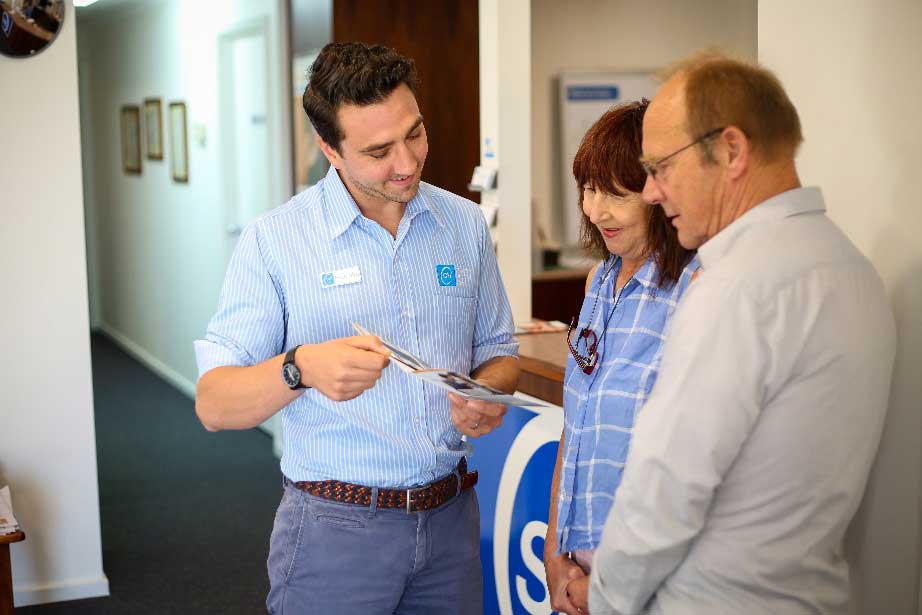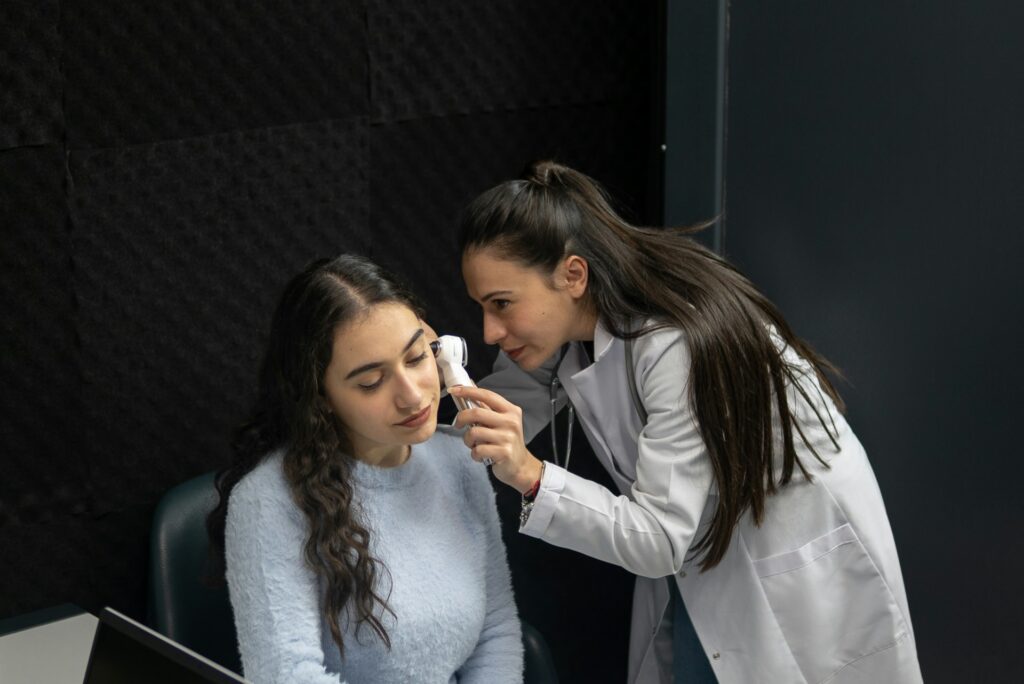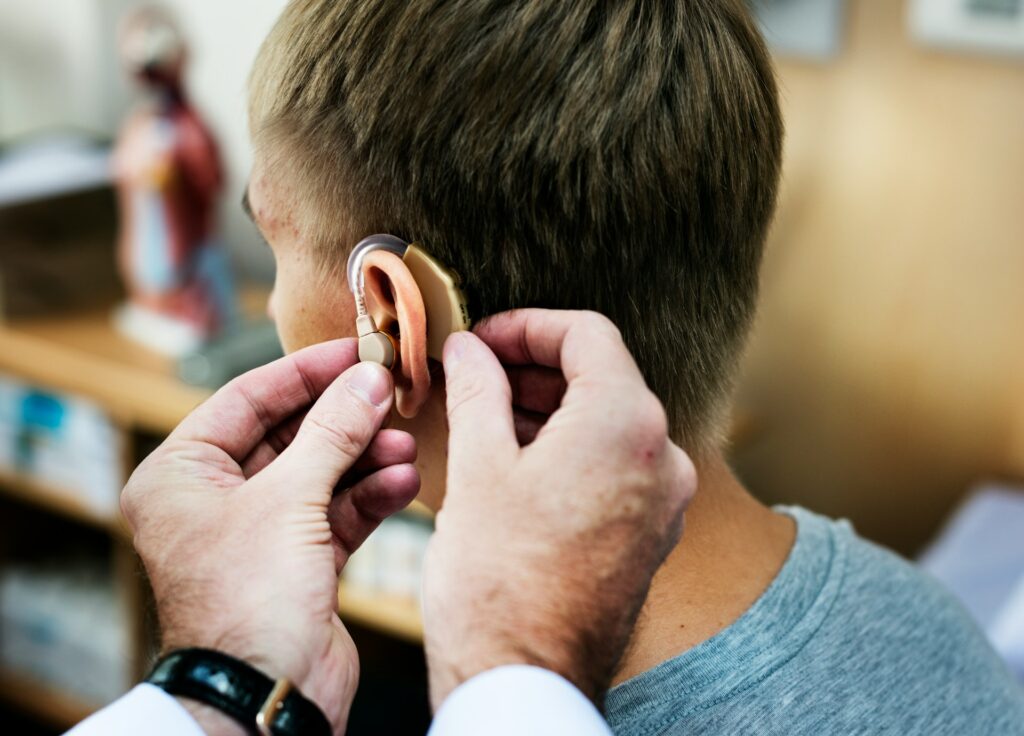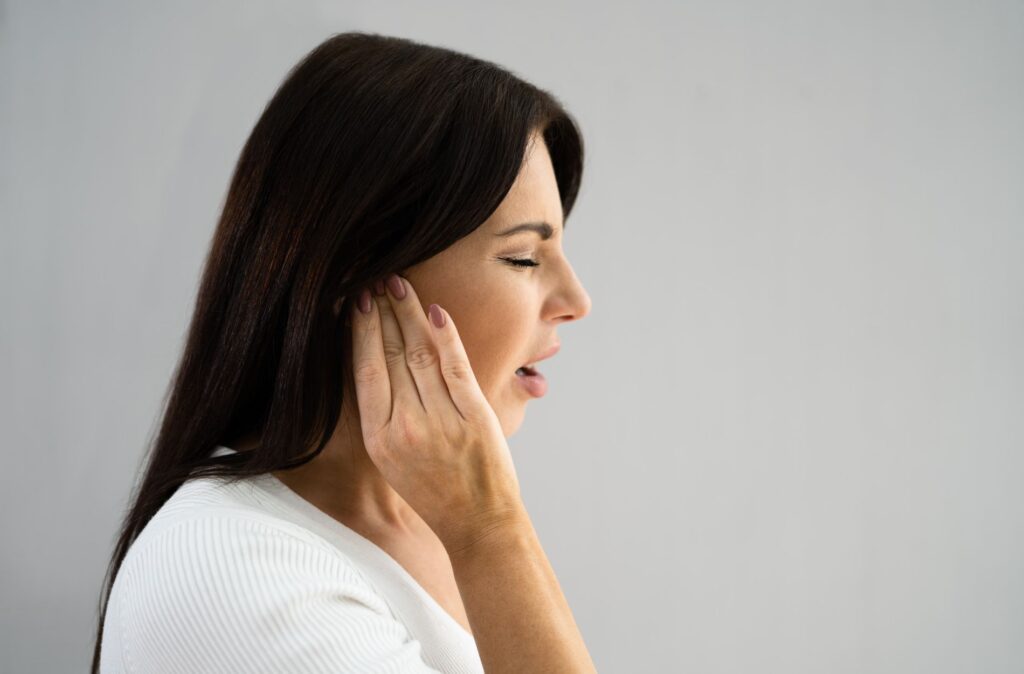Earwax might seem like a small thing, but it plays a big role in keeping our ears healthy. It traps dirt and dust, preventing them from reaching the eardrum, and also has antibacterial properties. However, sometimes earwax can build up and cause problems like hearing loss, discomfort, or even infections. Knowing how to safely manage earwax can help keep your ears in good condition.
Many people are tempted to use cotton swabs or other objects to clean their ears, but this can often make things worse. It’s important to understand the safe methods for removing earwax at home and what practices to avoid. Simple solutions like ear drops or a bulb syringe can be very effective without damaging your ears.
Sometimes, despite your best efforts, professional help might be needed to clear stubborn earwax. Recognising when to see an audiologist can prevent further complications and ensure your ears stay healthy. In this article, we’ll dive into the importance of earwax, safe removal methods, and when to seek professional assistance.
Understanding Earwax and Its Importance
What Is Earwax?
Earwax, also known as cerumen, is a natural substance produced by glands in your ear canal. It’s a combination of shed skin cells, hair, and secretions from two different types of glands. This waxy material might seem unpleasant, but it’s actually essential for ear health.
Why Earwax Is Important for Ear Health
Earwax plays a crucial role in protecting your ears. It traps dust, dirt, and other small particles, preventing them from reaching and damaging the eardrum. Earwax also has antibacterial properties, helping to prevent infections. Additionally, it acts as a natural moisturiser for the skin inside the ear canal, preventing it from becoming dry and itchy. Without earwax, your ears would be more susceptible to irritation, infection, and other problems.
Safe Methods to Remove Earwax at Home
Using Ear Drops
One of the safest ways to remove earwax at home is by using ear drops. These drops can soften the earwax, making it easier to come out on its own. Most ear drops contain hydrogen peroxide or baby oil. To use ear drops, tilt your head to one side and place a few drops into your ear. Stay in this position for a few minutes to allow the drops to work. Then, tilt your head the other way to let the liquid and softened wax drain out.
The Benefits and Drawbacks of Ear Irrigation
Ear irrigation is another method for removing earwax. This process involves flushing the ear canal with water to wash out the wax. While effective, it should be done with caution. The benefits include a thorough cleaning and immediate relief from blockages. However, the drawbacks include the risk of infection or ear damage if not done properly. It’s also not recommended if you have an ear infection or a perforated eardrum.
How to Use a Bulb Syringe Properly
Using a bulb syringe is a gentle way to irrigate ears. First, fill the syringe with warm water. Next, tilt your head to one side and gently insert the tip of the syringe into your ear canal. Gently squeeze the bulb to release water into your ear. Allow the water to flow out, along with any loosened earwax. Repeat if necessary, but be careful not to overdo it, as too much water can irritate the ear canal. Always follow proper techniques to ensure you don’t harm your ears during the process.
What to Avoid When Removing Earwax
Dangers of Using Cotton Swabs
Many people reach for cotton swabs to clean their ears, but this can be harmful. Cotton swabs can push earwax deeper into the ear canal, leading to impaction. This makes it harder to remove the wax and can cause injury to the ear canal or eardrum. Inserting any object into your ear increases the risk of puncturing the eardrum, which can lead to severe pain and possible hearing loss.
Risks Associated with Ear Candling
Ear candling is another method some people use, but it is not safe. This involves inserting a hollow candle into the ear and lighting it. The idea is that the heat will create suction to pull out the wax. However, ear candling can cause burns, ear canal blockages, and even perforate the eardrum. There’s little evidence to support its effectiveness, and the risks far outweigh any potential benefits.
Other Unsafe Methods to Steer Clear Of
There are other methods you should avoid when trying to remove earwax. Using metal or plastic tools can scratch the ear canal, leading to infections or permanent damage. Home remedies like pouring hot oil or vinegar into your ear can also cause irritation or burns. It’s best to stick with safe, recommended techniques to avoid these dangers.
When to Seek Professional Help
Signs That You Need Expert Intervention
Sometimes, home methods aren’t enough, and professional help is needed. If you experience persistent ear pain, hearing loss, or a feeling of fullness in your ear, it might be time to see an audiologist. Other signs include dizziness, ringing in the ears, or fluid discharge. These symptoms could indicate an earwax blockage or other conditions that need expert attention.
What to Expect During a Visit to an Audiologist
Visiting an audiologist for earwax removal is a simple and safe process. The audiologist will examine your ears using a special instrument. If they see a blockage, they have several methods to remove it safely. These can include using specialised tools, suction devices, or professional irrigation. The procedure is typically quick and provides immediate relief.
Importance of Regular Ear Check-Ups for Preventing Wax Build-Up
Regular check-ups with an audiologist can help prevent earwax build-up. During these visits, the audiologist can check for any issues and remove any excess earwax before it becomes a problem. This proactive approach helps maintain your hearing health and prevents discomfort or hearing loss caused by wax build-up.
Conclusion
Keeping your ears free from excessive earwax is key to ensuring they stay healthy and function well. Using safe methods at home, like ear drops and proper use of bulb syringes, can help manage earwax effectively. It’s important to avoid harmful practices like using cotton swabs or ear candling, as they can do more harm than good. Knowing when to seek professional help ensures that you get the care you need in time.
If you notice any persistent symptoms, don’t hesitate to consult an audiologist. They can provide a thorough examination and remove any blockages safely. Regular ear check-ups can help prevent problems before they start, ensuring your hearing remains clear and comfortable.
For expert ear care and advice, contact Country Hearing Care. Our team is dedicated to helping you maintain excellent hearing health. Book an ear wax removal in Victoria today to ensure your ears are in the best hands.










